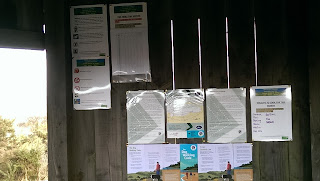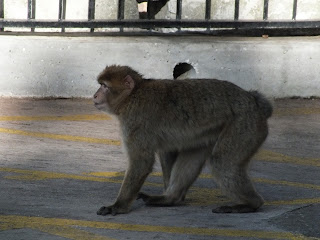WeBS count Cefn Sidan beach
Today was a count of the wading birds, gulls and wildfowl on the beach, part of an ongoing national count strategy.
I joined Simeon at 09:30 and we headed off up the beach to count what birds we could find.
A summary looks like, Oystercatcher 3772, Sanderling 598, Dunlin 238, Curlew 140, Knot 20, Redshank 15, Grey Plover 9, Bar-tailed Godwit 5, Turnstone 2. Pintail 81, Shelduck 30, Mallard 13, Great Black-backed Gull 10, Herring Gull 49 and Common Gull 161.
We also saw a female type Merlin and a 1st winter "white winged gull", probably an ICELAND GULL, judging by size comparisons with the Herring Gulls.
The count took around two and a half hours, the beach is one of the longest in the country.
 |
a very dodgy cropped shot of Grey Plover, Oystercatcher and Sanderling
Some decent birds seen in a stunning setting, once you ignore the rubbish on the high water mark
|


























